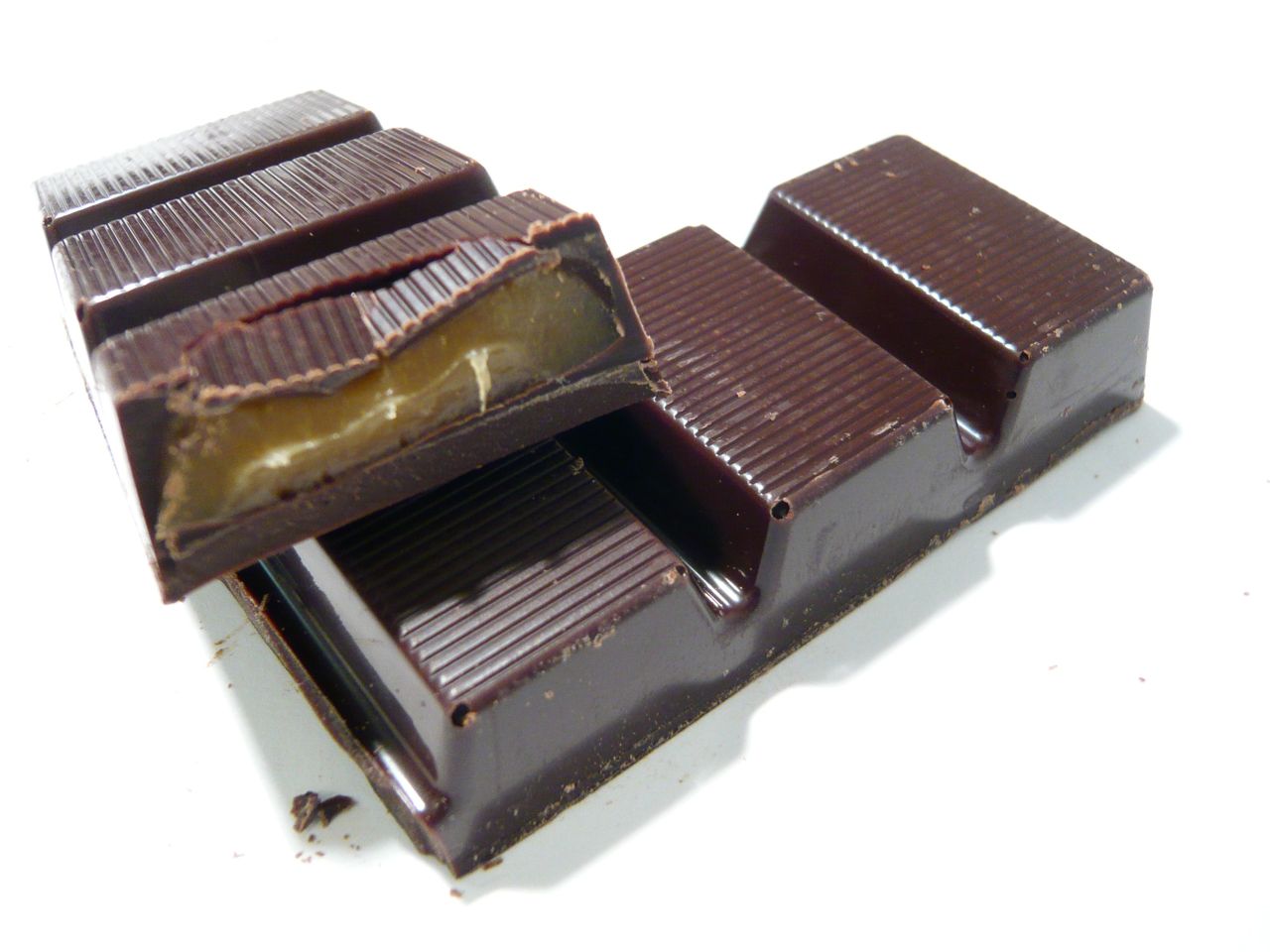Scientists have been investigating the mysteries of cocoa since at least 1200 B.C., and the jury’s still out on its exact health benefits. The good news is that more and more studies seem to suggest that dark chocolate, which is loaded with cocoa, need not be a guilty indulgence.
Here are five delicious reasons to chow down on the cocoa goodness:
1. Real Chocolate Isn’t Junk Food
There’s chocolate and then there’s chocolate. The former is a brown bar of sugary candy, the latter an antioxidant powerhouse.
The difference is what’s in each. Real chocolate is made mostly from cocoa, the mysterious substance responsible for most of the treat’s healthy benefits. Flavanols, one of cocoa’s key components, are antioxidants . Indulge in a chocolate treat, chocolate may contain added sugars, but if you’re eating dessert in moderation, you may as well enjoy some benefits, too.
To ensure you’re getting chocolate’s healthy perks, look for dark chocolates with high cocoa content. The more cocoa, the better. But be aware: the more cocoa, the more bitter, too.
Some experts swear by sprinkling pure cocoa powder on their morning oatmeal as it packs the most punch, but dark chocolate can still provide some of your daily dose. While there’s debate about what exactly constitutes “dark chocolate,” try to find bars with at least 70% cocoa.
But shop carefully — it’s easy to pick the wrong bar. A 2012 Australian review pointed out that flavanol content can vary depending on the manufacturing process, as well as the ripeness and variety of the parent cocoa beans. “A 70% cocoa containing chocolate bar from one company therefore might not contain the same amount of flavanols and flavanol composition as a 70% chocolate bar from another company,” the authors said.
2. Chocolate Feeds Your Body’s Good Bacteria
When scientists recently revealed how chocolate works in your body, the secret weapon was the body’s good bacteria. These bacteria feast on the chocolate, fermenting it into anti-inflammatory compounds that can help reduce cardiovascular disease.
3. Chocolate Is Associated With Lower Blood Pressure
Interest in the effect of cocoa on blood pressure began when it was discovered that the Kuna Indians, who live on a small island in Central America, seemed to maintain a low hypertension rate and low blood pressure, a 2012 review said. Their secret seemed to be the three to four cups of cocoa drinks they had every day.
Many studies have since linked the consumption of flavanols to lower blood pressure. In a review of 20 such studies, nine established a link between lower blood pressure and flavanol consumption. (Each of those studies lasted about two weeks; longer-duration studies did not show the same link for reasons that are still unclear.)
When all 20 trials were analyzed, the authors found that flavanol-rich chocolate was associated with a small but significant reduction of 2 mm to 3 mm Hg in blood pressure. “Even small reductions in blood pressure substantially reduce cardiovascular risk,” the authors of the review said. Still, more studies are needed to investigate the long-term effects of flavanols on blood pressure.
4. Chocolate Can Help Reduce That Iron Deficiency
According to the Centers for Disease Control and Prevention, iron deficiency is the leading national nutritional deficiency. While we wouldn’t recommend that you use any sugar-sweetened food as your primary source of nutrients, dark chocolate is a surprisingly rich source of iron.
One hundred grams of cooked spinach has 3.5 mg of iron. One hundred grams of dark chocolate made of 70-85% cocoa solids has more than three times that amount.
5. Chocolate May Ease Crankiness
Chocolate may be one of the most frequently craved foods. It is still unclear whether we enjoy it for its sweetness, its fattiness, its carbohydrates, its “optimal mouth feel,” or its psychoactive ingredients, according to a review published in October 2013.
Regardless, out of the eight studies included in the mood review, five showed that cocoa either eased bad moods or made good moods even better.
In a study released in May 2013, researchers gave 72 participants either a dark chocolate mix containing varying levels of polyphenols (antioxidants normally found in cocoa) or a placebo. They found that those taking a daily dose of the brew containing 500 mg of polyphenols (your average 40 g bar of dark chocolate has 400 mg to 800 mg of polyphenols, according to a Nestle study) showed improvements in self-reported calmness and contentedness after 30 days of drinking the brew.
Source: yahoo news



 Beet juice for stamina
Beet juice for stamina
